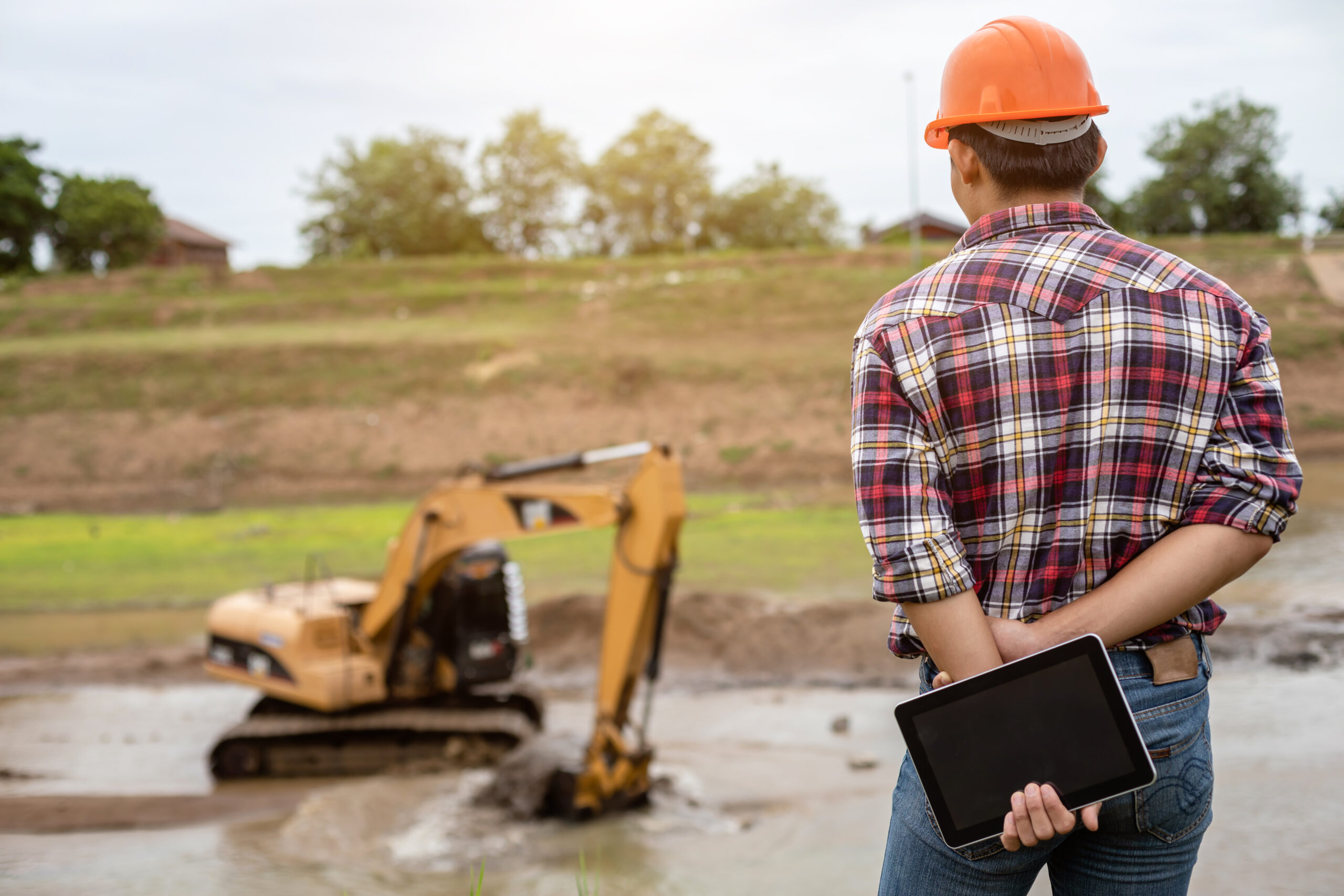Dam size, depth and creating the right habitat are important aspects of setting up a fish farm on your property. It may be that you already have a dam you'd like to use or you need to create a new dam based on your needs. Either way, all aspects needs to be looked at.
One of the most important things you need to consider though, is the type of fish you'd like to stock in your dam, because different fish not only like but require, different environments.
Dam Size
As a rule of thumb, a dam of at least 1000 metres squared (1/4 acre) or that has a circumference of 100-120m is required for farming fish in Australia. You should keep in mind, however, that this size is what is considered to be on the smaller side for farming fish, so we definitely don't recommend dams smaller than this for stocking fish. Further, this sized dam is only really suitable for farming Silver Perch, as they tend to do well in smaller dams, being a fish that naturally like to school up and are able to feed on both small aquatic organisms as well as plant matter.
Other types of fish generally require a larger space to develop in, as they are carnivorous and therefore need the extra space to flourish. If they do not have this, they may end up devouring the smaller fish in the school and deplete the profits of the operation.
Dam Depth
The depth of your dam is important when you need to consider the temperature that your selected fish requires to survive and thrive. Fish that need lower temperatures require deeper dams, and fish that can handle or prefer warmer climates don't require a particularly deep dam to do well. The Eel-tailed catfish is a good example of a fish that is very hardy and can survive in considerably shallow waters compared with other native fish of their size. On the other hand, Rainbow Trout are a cold water species, preferring temperatures between 5-20 degrees celsius and as such, require much deeper dams so they have the ability to get down low into the depths where it is cooler.
Dam Habitat
Creating a suitable habitat for your fish in your dam is essential for successful fish farming for the following reasons:
- Better survival rates for your fish
- Creating nursery areas to encourage reproduction
- Increasing biodiversity
- Increasing food availability
- Increasing growth rates
- Ensuring healthy and thriving fish
- Hours of fun for friends and family
- Growing fresh, quality fish at your fingertips
- Saving you money
- Becoming happy and proud fish owners
Materials you can use to create habitat for your fish are numerous, and likely you will already have sufficient items on-hand on our farm in abundance. These can include logs, granches, weedy thickets, old fencing, wire, pipes, hoses, crates, old drums, pallets and other farmyard scrap.
When building the habitat, the best method is to gather your materials and stack them up in a large pile around the edge of your dam underwater. This bests emulates the type of cover that naturally occurs in the wild and where fish usually dwell. Items to avoid using include old tyres and old netting.
Aquaponics
For those who are interested in growing their own fish but don't have the space for the required dams, aquaponics is the ideal option, which can be implemented in most backyards. Aquaponics as the benefit of combining two technologies - Aquiculture (raising aquatic animals in tanks) and Hydroponics (cultivating plants in fish water). This harmonious cycle is wonderfully sustainable as it allows the fish waste to be recycled to be used as highly nutritious plant food, enabling the growth of your own flavoursome, nutrient-packed herbs and vegetables AS WELL AS a crop of tasty, fresh fish, all sharing the same body of water. This therefore has the added benefit of immensely conserving water since it is being recycled and only needs a periodic top-up; whereas in comparison, traditional gardening uses TWENTY TIMES the amount of water required for aquaponics systems (Zip Grow).

Comments are closed!